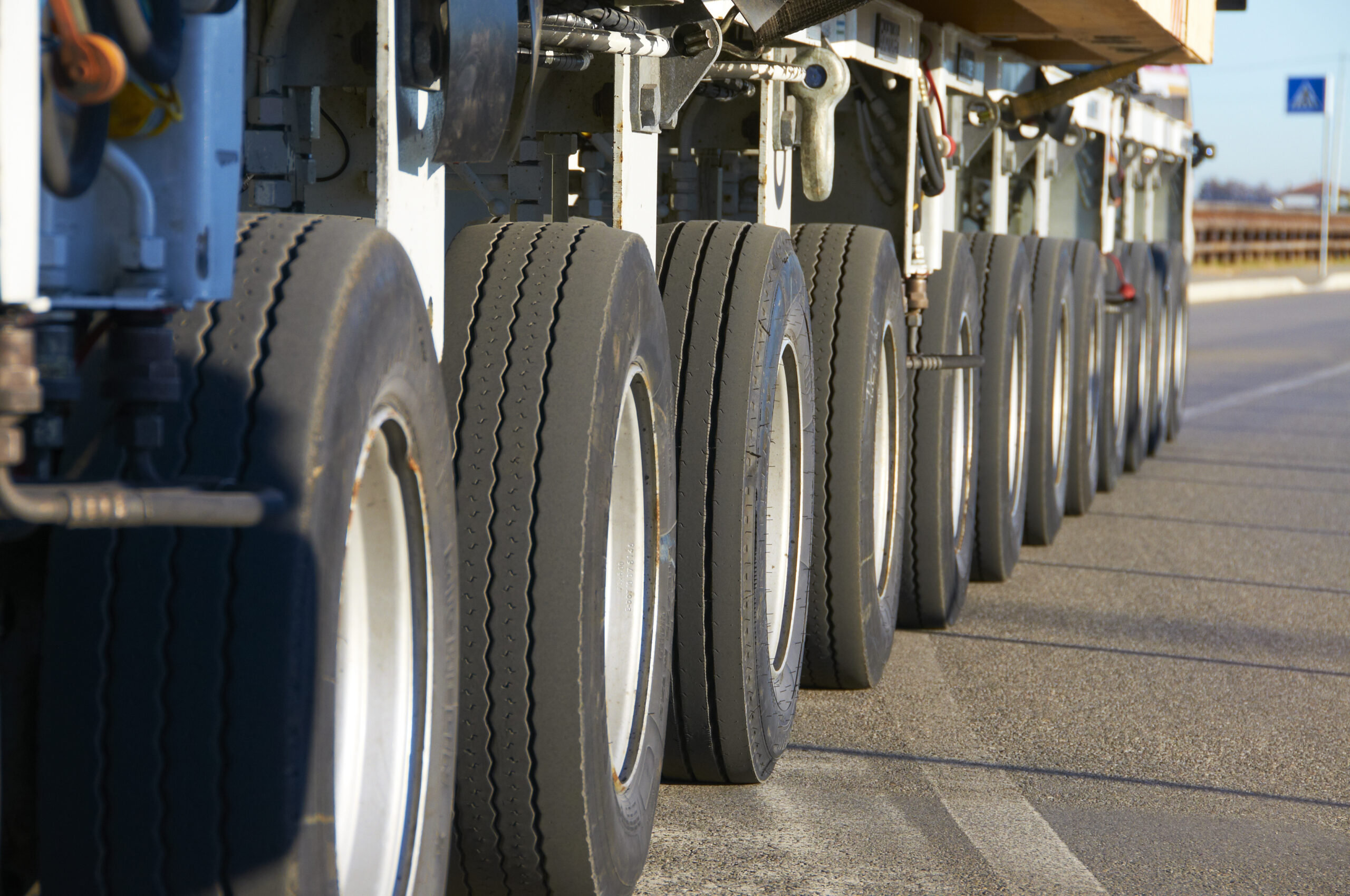What happens when the wheels come off?
25 August 2023
We really cannot overstate the importance of robust wheel security systems and procedures.
The consequences of a wheel loss incident can be catastrophic and will always lead to follow up investigations (typically taking the form of an unannounced maintenance investigation, or a desk-based assessment) of the operator and transport manager by the DVSA – even in cases where (thankfully!) no injury (or worse!) results.
In a recent case, a coach operator found themselves at public inquiry before the Traffic Commissioner following a wheel loss incident involving one of their vehicles. The vehicle in question was issued with an ‘S’ marked prohibition notice, indicating the DVSA considered the wheel loss to be the result of ‘significant failings in the company’s compliance regime’ (i.e. that the company’s maintenance systems and procedures – particularly in respect of drivers’ daily defect reporting and/or preventative maintenance inspections – could/should have identified the problem that led to the wheel loss) and the wheel loss was ultimately attributed to maintenance provider failure.
At the conclusion of the hearing, the Traffic Commissioner took no action against the Operator’s Licence and/or Transport Manager and confirmed that he could find no basis upon which to criticise them – he was satisfied they had sound systems in place when it came to wheel security and they had taken steps to further strengthen those systems (and their compliance more broadly) post-incident to prevent recurrence.
All too often, however, this is not the case. Operators and transport managers often come under heavy criticism (and face action at public inquiry) for poor wheel security management processes and incomplete/inadequate documentation. Similarly, the driver of the vehicle in question faces action (where the wheel loss is attributable to the driver’s failure to spot, for example, loose wheel nuts during their walkaround check) from the Traffic Commissioner at driver conduct hearing, with Statutory Document No.6 ‘Vocational Driver Conduct’ (Stat Doc 6 (publishing.service.gov.uk)) providing a starting point for action of a 14-day suspension of the driver’s vocational entitlement.
Operators must have robust systems in place when it comes to wheel security; full details of all in-service wheel security monitoring as well as all removals, fittings, torques and retorques (regardless of who completes the activity) must be comprehensively documented, that documentation, and its accurate completion, must form part of the transport management audit of vehicle maintenance systems/procedures and it must be retained on file.
The code of practice for the selection and care of tyres and wheels for commercial vehicles (developed jointly by the Department for Transport, the British Standards Institute and industry and trade associations) recommends that, following road wheel removal and refitting, the wheel nut torque should be checked after the vehicle has been standing for 30 minutes or after having travelled for between 40 km and 80 km (25 to 50 miles). All re-torque checks must be recorded and retained on file.
This expectation is specifically referred to in DVSA’s ‘Guide to Maintaining Roadworthiness’: Guide to maintaining roadworthiness: commercial goods and passenger carrying vehicles (publishing.service.gov.uk), which also directs operators to DVSA’s ‘Careless Torque Costs Lives’ guidance: Careless Torque Costs Lives (publishing.service.gov.uk).
There are also an increasing number of technological solutions available on the market that are designed to assist operators, transport managers and drivers in preventing wheel loss incidents, ranging from brightly coloured wheel nut indicators to systems that will detect and alert drivers to in-motion loosening of wheel nuts.
If you require any further advice, contact Backhouse Jones’ Regulatory Team on 01254 828300 or regulatory@backhouses.co.uk or here.
